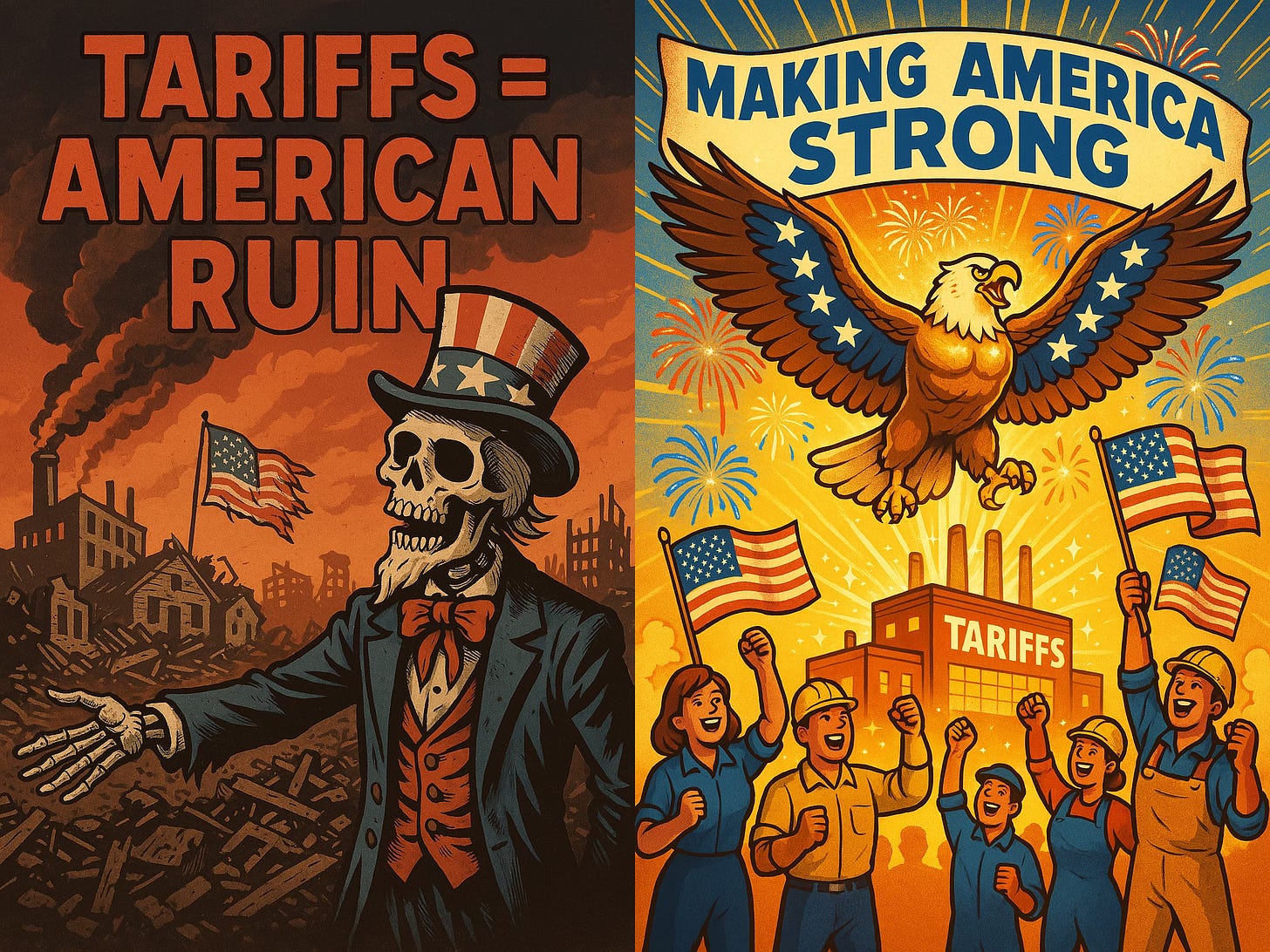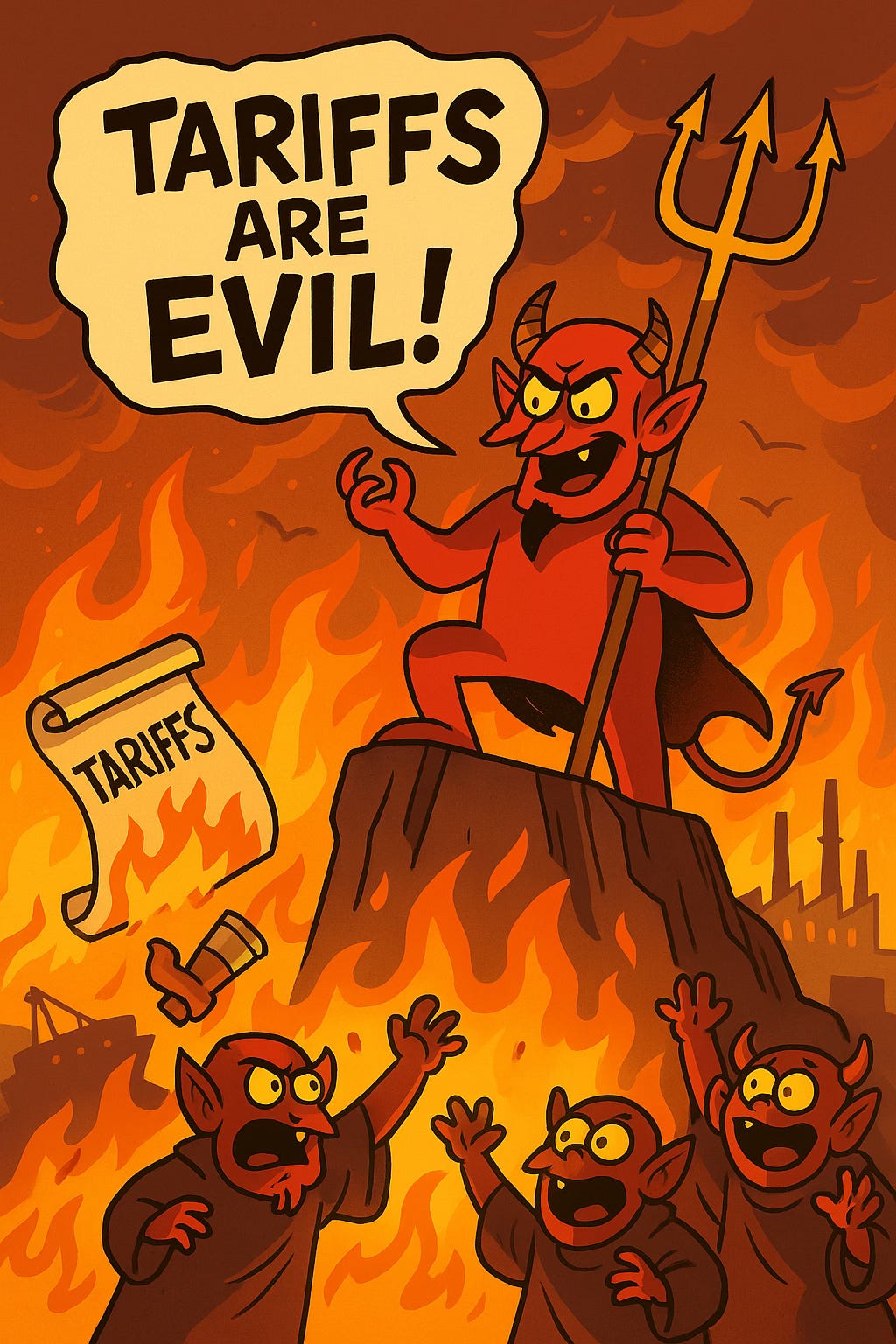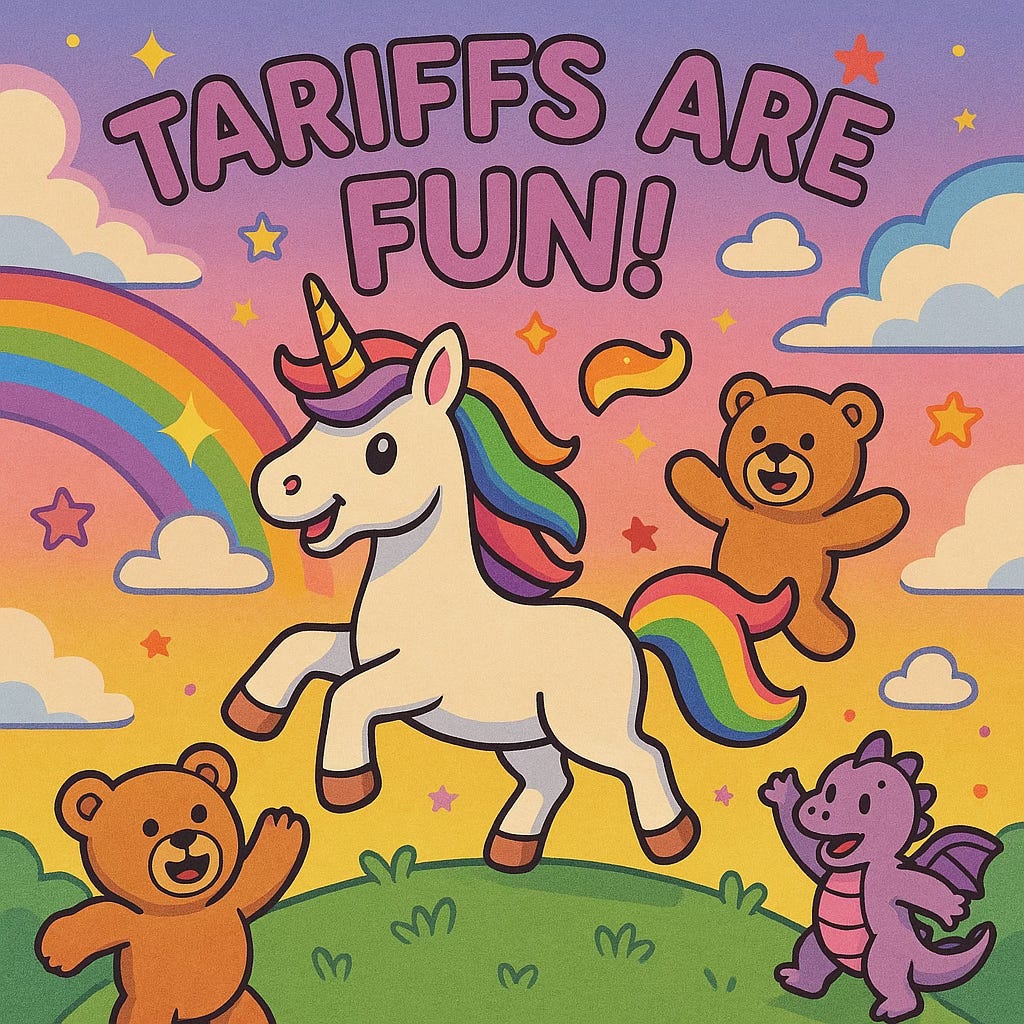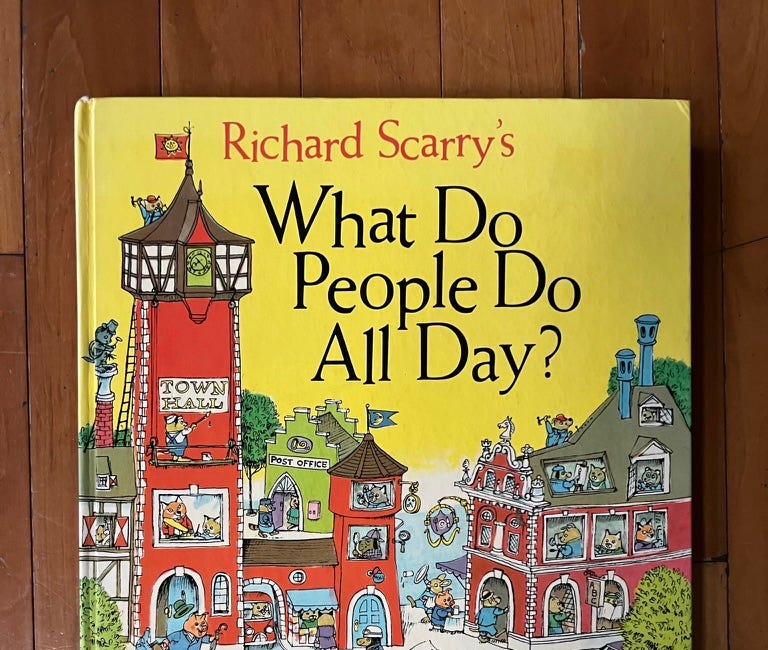When tariffs hit the headlines, most people retreat into preloaded positions. On the left, you’ll hear that tariffs hurt working families, increase prices, and strain international cooperation. On the right, you’ll hear that they protect American workers, punish unfair foreign competitors, and restore industrial dignity. It becomes a blame game, a loyalty test, and a shouting match. But will anyone actually look at what the tariff is doing?
This is how narrative warfare works. It divides first, explains later, if at all. The survival move is to reject the script. Tariffs aren’t moral statements. They’re not about being “pro-labor” or “pro-market.” They are strategic signals inside an adaptive system. And if you know how to read them, they reveal far more than the headlines ever will.
The first rule is simple: Stop asking whether a tariff is good or bad. That’s a trap. Ask what the tariff is trying to buy time for. What imbalance is it pointing to? What pressure is it redirecting? A tariff might be a way for a country to protect a strategic industry while it reconfigures supply chains. It might be a way to provoke a response or to create leverage for a deal that hasn’t been announced yet. It might even be a way to collapse a dependency that’s become too dangerous. But you won’t see that if you’re stuck debating prices at the checkout line.
Next, stop listening to commentary. Watch capital flows instead. Capital moves for reasons the pundits rarely understand. If steel tariffs go up and Brazilian steel imports surge while Chinese ones collapse, that’s not market chaos. It’s strategic rerouting. If the U.S. throws tariffs at foreign semiconductors while pouring billions into domestic chip production, that’s not isolationism. It’s infrastructure repositioning. The logic of capital is colder and more honest than the logic of cable news. It tells you who’s actually winning and what’s actually shifting.
Here’s another way to think about it: Every tariff carries a message. Sometimes, it’s about sovereignty. Sometimes, it’s about deterrence. Sometimes, it’s about industrial independence. When India imposes tariffs on data services or insists on local data storage, it’s not about cost. It’s about refusing to be a colony in someone else’s cloud empire. When the U.S. targets green energy components from China, it’s about the politics of climate infrastructure, not consumer savings. Tariffs are loudspeakers. They just don’t speak in the language you’re used to hearing.
It also matters who’s absorbing the pain. Not all economies respond to tariffs the same way. The U.S. is a consumption-dominant economy with global currency leverage. It can afford to play longer games. Export-heavy economies like China, Germany, or Vietnam, however, feel tariff pain faster and more severely. Their survival depends on demand from outside their borders. So when you hear that “tariffs hurt everyone,” press pause, ask who controls the terms of trade, who has the internal market depth, and who can bend without breaking. Tariffs are asymmetric weapons. Their effect depends entirely on where they land.
And that brings us to the most critical point of all: the real effects of tariffs often don’t show up for years. Strategic tariffs aren’t about winning next quarter as much as they’re about altering the future landscape. When tariffs slow down one supply chain, they create the conditions for another to grow. If you measure a tariff only by today’s prices, you’re missing what it’s actually doing.
The last and most important survival rule is to never fall into the left/right binary. That framing is part of the control mechanism. Tariffs have been used by free-market capitalists, progressive protectionists, national security hawks, and anti-imperialists alike. They’re not owned by any tribe. Sometimes they help workers. Sometimes, they shield monopolies. Sometimes, they’re reckless. Sometimes, they’re brilliant. What matters is the structure they alter, not the slogan they’re wrapped in.
So, if you want to survive the tariff cycle and think clearly when the next trade war hits, then train yourself to look at it all differently. When a new tariff is announced, ask: What supply chain is being shielded? What form of national capacity is being rebuilt? What adversary is being provoked or contained? What narrative is being disrupted?
Most importantly, ask what story this tariff is trying to tell and who benefits from your believing it.
Tariffs aren’t just taxes. They’re strategic moves. They’re economic jabs, narrative misdirections, time-buying maneuvers, and control mechanisms. They are embedded with information about what’s really going on beneath the surface of global trade.
Read the code, not the headline. Track behavior, not belief. Orient to the system, not the noise.
And always remember: the people trying to get you to pick a side are usually the ones trying to blind you to what’s actually going on.
Forget Adam Smith—Your Kids Can Learn Sound Economics from Richard Scarry
Author’s Note: I originally wrote this article on September 11, 2010, as part of a blog I maintained during and after my master’s program in economics. The purpose of that blog was to refine economic think…
My Continuing Inquiry: John Boyd and Austrian Economics
I have written two academic papers with Hunter Hastings on the connections of John Boyd’s theories to Austrian School Economics, specifically to entrepreneurial theory.










Great post as always.